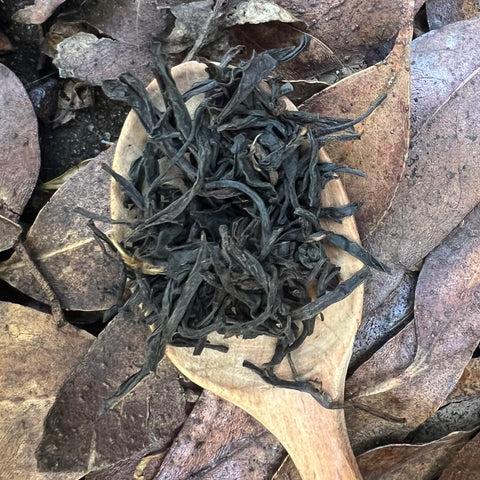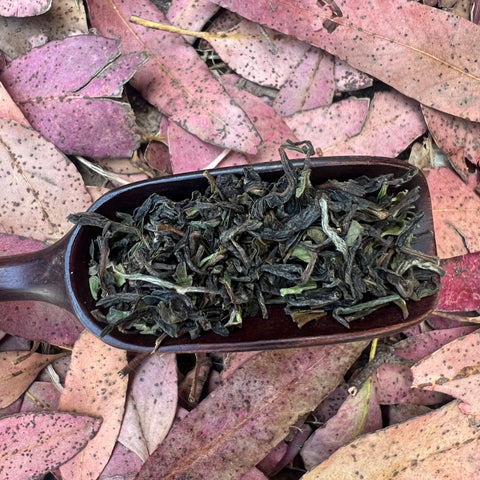Tokoname Cake or Sweet Plate
A small square tokoname plate perfect for the wonderful Japanese sweets that accompany many Japanese tea rituals
Tales of the Tea Trade : Tokoname
Rob : Extract from our our book Tales of the tea trade :
The Tokoname region as it is considered the teaware capital of Japan. This area’s link with pottery dates back to 1100 and is believed to be the oldest in Japan. However, it wasn’t until the start of the Edo period (1603–1868) that this area became important. In early times it focused mostly on vases and jars, but this period also produced the early matcha bowls in the form of yama-chawans (mountain tea bowls). These were coarsely finished bowls with little refinement, but beautiful in their simplicity.
Today Tokoname is famous for its redware teapots (kyusu), introduced in the early 1860s. Other teapots for green tea had been produced from early in the nineteenth century in Tokoname, but this new style became very popular. Again it was influenced by China, whose own redware teapots were the typical teaware used at this time. The name comes from the deep red, iron-rich clay from which it is made. Its use in Japan had a big effect on Tokoname’s ceramic industry, with an influx of new potters who specialized in making redware teapots. This was helped by the visit of a Chinese potter called Jin Shi Heng who, in 1878, was invited to teach Chinese techniques for making teapots, greatly accelerating development and increasing quality. This, combined with a period of rapid industrialization, eventually meant mass-production hit Tokoname towards the end of the nineteenth century, with much small-scale domestic production replaced with industrial-scale manufacturing. However, Tokoname today is a place of great diversity, incorporating both small and large-scale manufacture.








